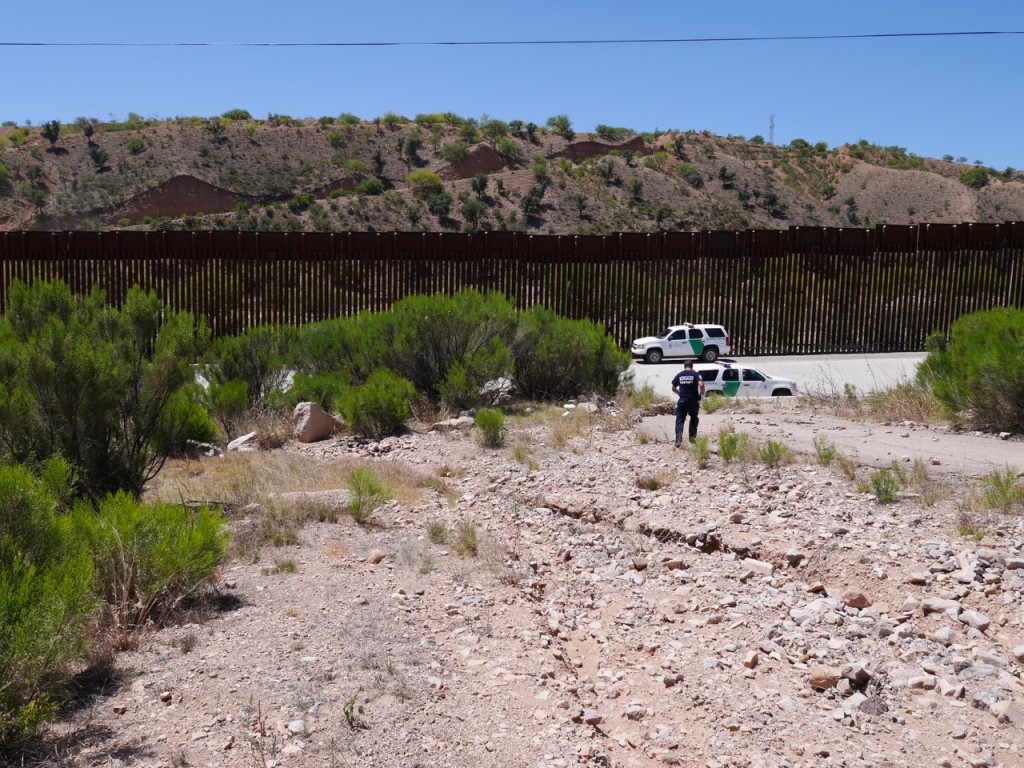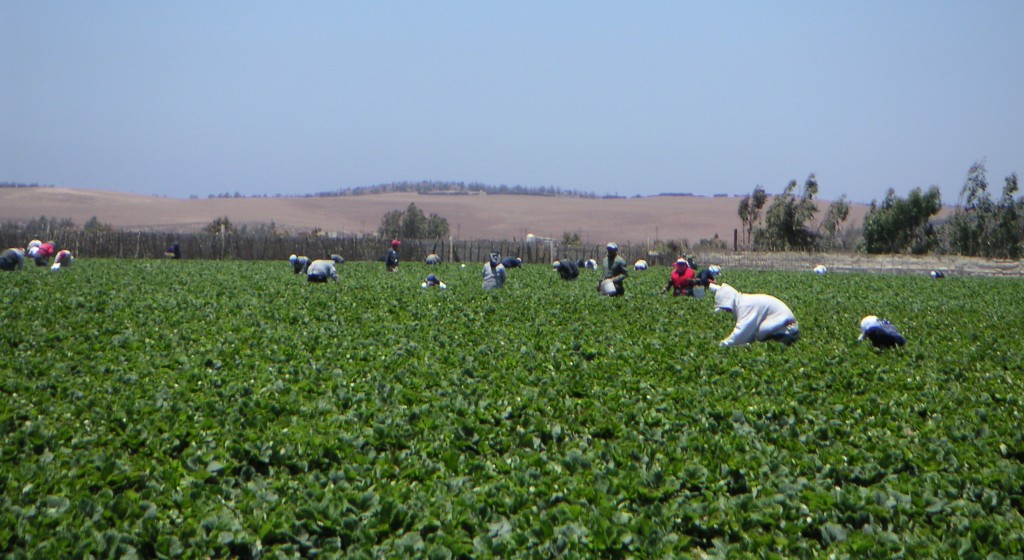Growing up in Austin, Texas, Diez y Seis — Mexican Independence Day — always seemed to hold an official, albeit minor, status in the state capitol. This was not a holiday that we observed in my family in any formal capacity. Much like Cinco de Mayo we might find ourselves at a Mexican restaurant that night just by happenstance. After all we ate Mexican all the time! As we waited for our enchiladas I would proclaim, “Today is Deiz y Seis,” as if realizing that the Longhorns were on TV. Unlike the Fourth of July, it never warranted parades of children on decorated bicycles and riding lawnmowers. More than likely it would be a human interest story at the end of the local nightly news.
While a student, and at the encouragement of my mother, I recruited my grandmother to help me collect ghost stories from her oldest sister, Julia, the most renowned storyteller and tamale maker in my family. In addition to learning a little bit about linguistics and a lot about transcribing interviews I also heard for the first time the tale of how her family came to Texas from Torreón, Coahuila. In honor of Diez y Seis and with all due respect to the still precarious status of immigrants and refugees in the United States I am retelling it to you today.
Special thanks are due to my mom Janis, Grandma Pauline, and Aunt Julia who guided me to that kitchen in south central Austin, January 1997, where I first heard this tale. I had to exercise a little poetic license to weave that conversation into a single narrative but its really Julia’s story. Believe me, when its family holding you to account you’re going to do your best to tell the tale right!


